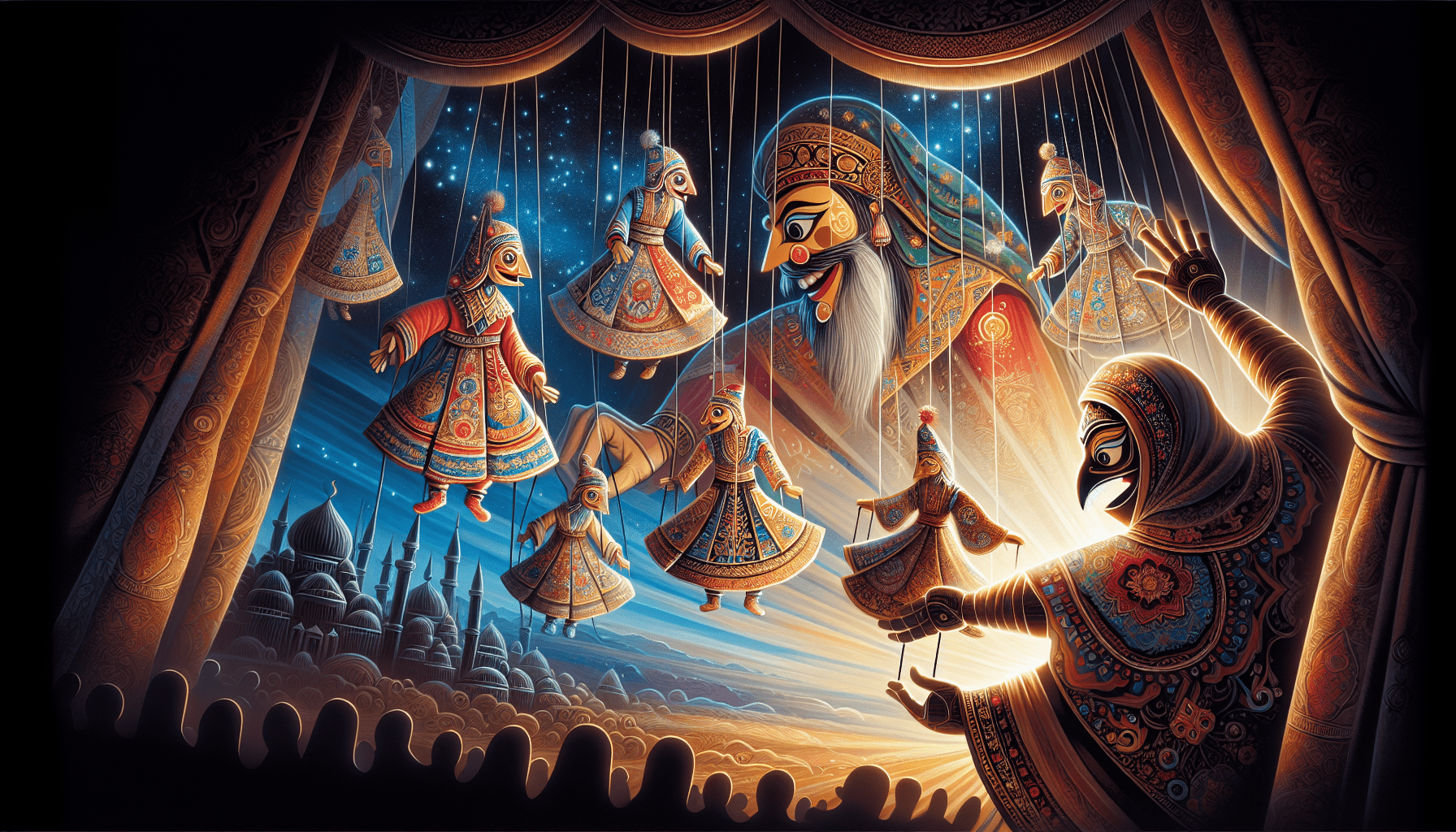Welcome to the fascinating world of traditional Turkish puppet shows, where Karagöz and Hacivat take center stage. These beloved characters have been delighting audiences for centuries with their humorous and entertaining performances. Get ready to learn all about the history, characters, and significance of these iconic puppet shows in Turkish culture. Join us as we explore the colorful world of Karagöz and Hacivat! Have you ever wondered about traditional Turkish puppet shows like Karagöz and Hacivat? These shows have a rich history and cultural significance in Turkey, captivating audiences for centuries. Let’s dive into the world of Karagöz and Hacivat to learn more about these fascinating puppetry traditions.

